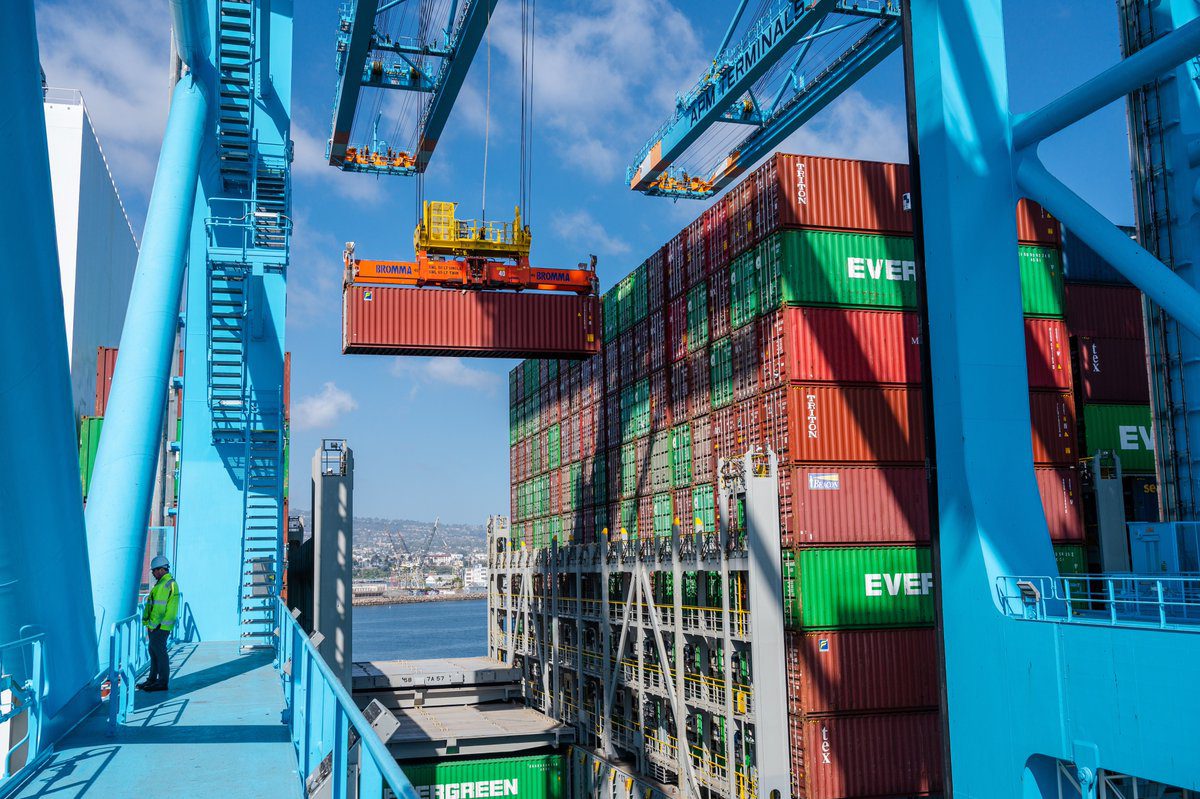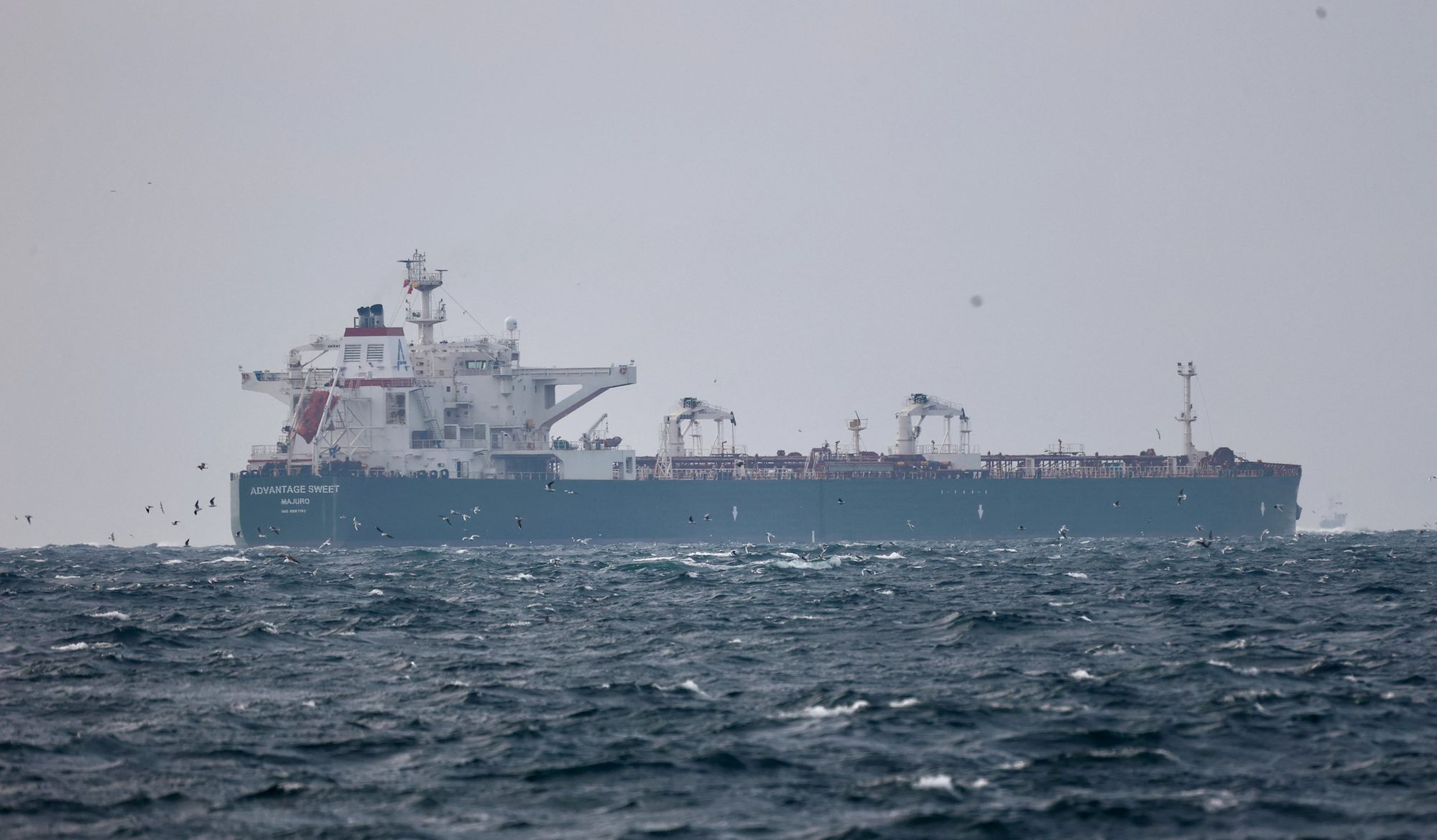Hapag-Lloyd, one of the world’s leading container shipping companies, has reported its financial results for the first quarter of 2023, highlighting the impact of weak global demand on its performance.
The company recorded an EBITDA of $2.4 billion (EUR 2.2 billion), a decrease in EBIT to $1.9 billion (EUR 1.7 billion), and a Group profit of $2 billion (EUR 1.9 billion), all below the figures from the same quarter last year.
The decline in transport volumes was a significant factor contributing to the company’s reduced revenue. Transport volumes were 4.9 percent lower than the first quarter of last year, amounting to 2,842 TTEU. Weaker overall global demand and local destocking were key drivers for the decline.
Meanwhile, the average freight rate decreased to $1,999 per TEU, compared to $2,774 per TEU in the first quarter of 2022.
Hapag-Lloyd’s CEO, Rolf Habben Jansen, acknowledged the challenging market conditions and emphasized the company’s focus on managing costs amid declining results. “We have made a robust start to the current financial year. The market environment has normalised, with corresponding declines in demand and freight rates. This will undoubtedly have an impact on our earnings over the course of the year, so we will be keeping a very close eye on our costs,” he said.
In addition to cost management, Hapag-Lloyd is actively developing its long-term strategy, known as “Strategy 2030,” with a focus on quality and sustainability.
Looking ahead to the full year 2023, Hapag-Lloyd has maintained its previously published forecast. The company expects EBITDA to be in the range of $4.3 to 6.5 billion (EUR 4 to 6 billion) and EBIT to be in the range of $2.1 to 4.3 billion (EUR 2 to 4 billion). However, the forecast is not without risks. Ongoing geopolitical uncertainties, including the war in Ukraine, and persistent inflationary pressures are potential factors that could negatively impact the company’s financial performance.
The challenging market conditions have had an impact on the container shipping industry as a whole. Global container transport volumes in January and February 2023 were 7.5% lower compared to the same period in the previous year. The Shanghai Containerized Freight Index (SCFI), which tracks spot freight rates on major trade routes, experienced a gradual decline in the first quarter of 2023.
The proportion of idle vessels in the industry has increased significantly, reaching 0.6 million TEU or 2.3% of the world fleet as of the end of March 2023, reflecting weaker demand and the overall challenges faced by container shipping companies.
Unlock Exclusive Insights Today!
Join the gCaptain Club for curated content, insider opinions, and vibrant community discussions.

 Join The Club
Join The Club













